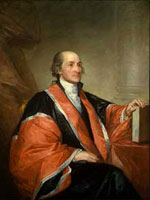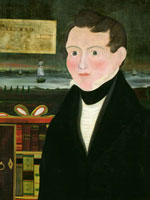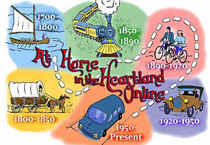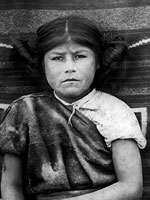Burlington County Historical Society and Museums [NJ]
The Burlington County Historical Society operates three house museums furnished in period style—the 1743 Bard-How House, circa 1780 James Fenimore Cooper House, and Captain James Lawrence House. The Cooper House was the birthplace of James Fenimore Cooper (1789-1851), author of The Last of the Mohicans; and now contains items from the estate of Napoleon's brother. The Lawrence House served as the boyhood home of Captain James Lawrence (1781-1813), who died in the War of 1812, best known for initiating the battle cry, "Don't give up the ship!" The society also maintains a research library and an exhibit on production history within Burlington County, NJ.
The society offers exhibits, research library access, period rooms, and guided house museum tours.




